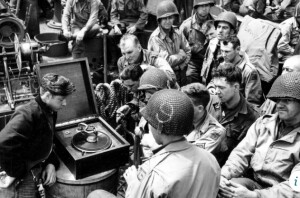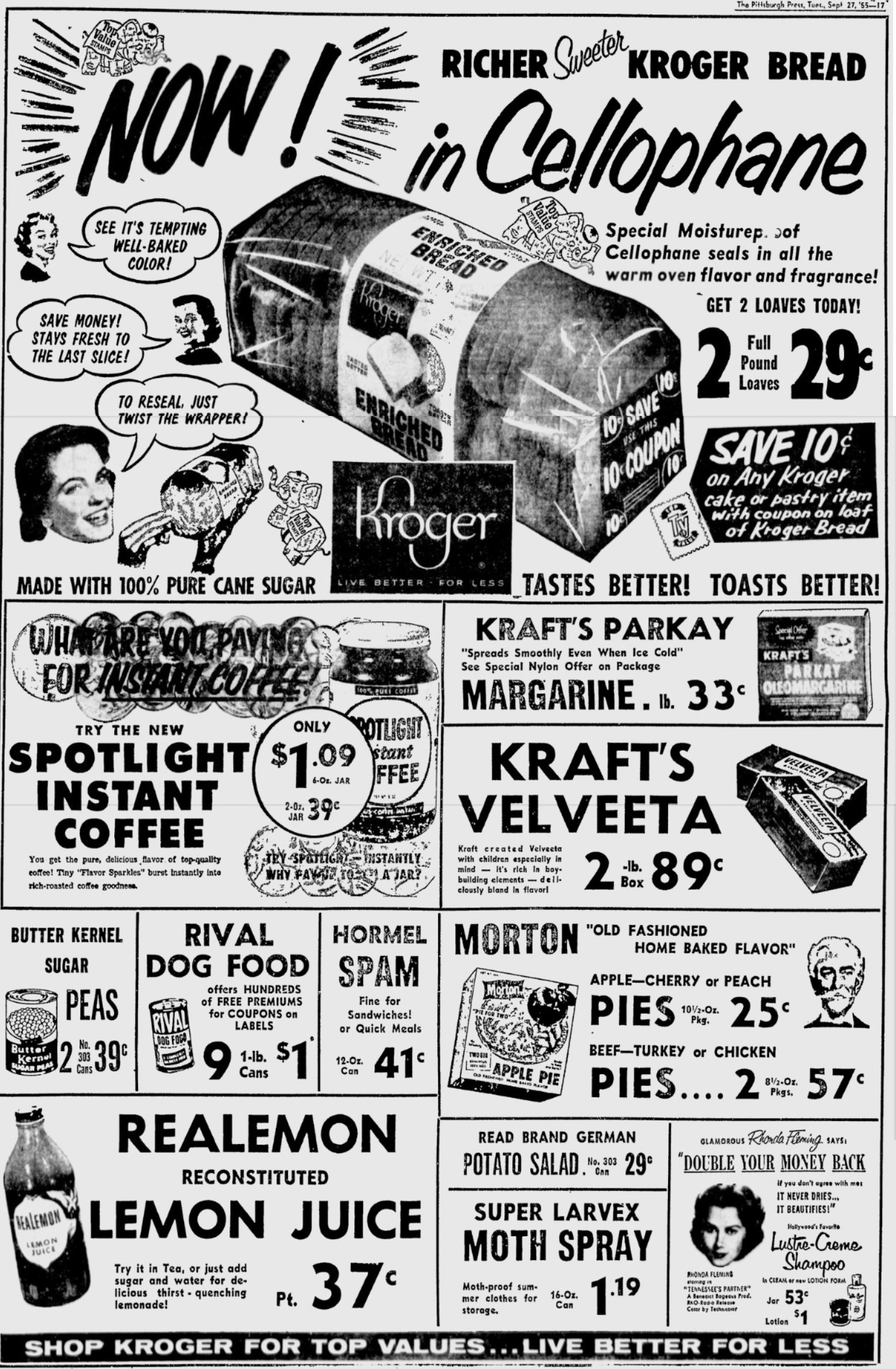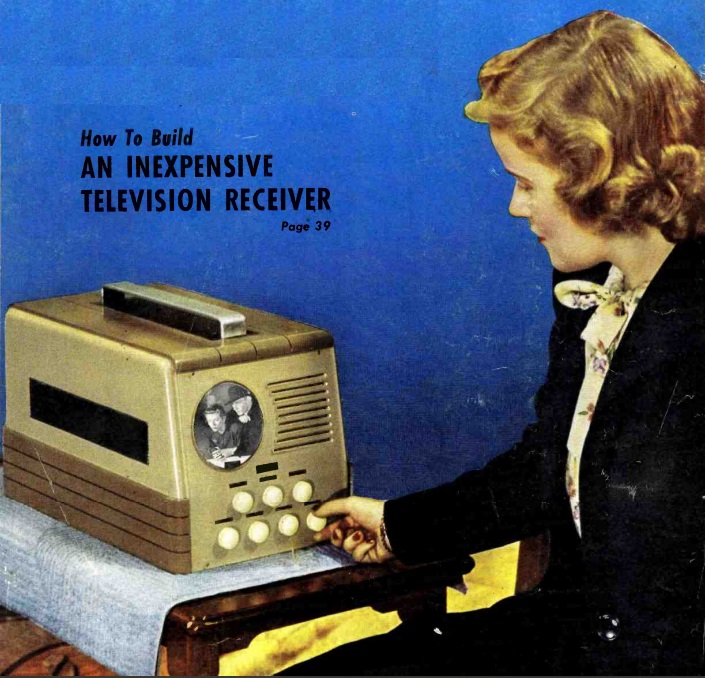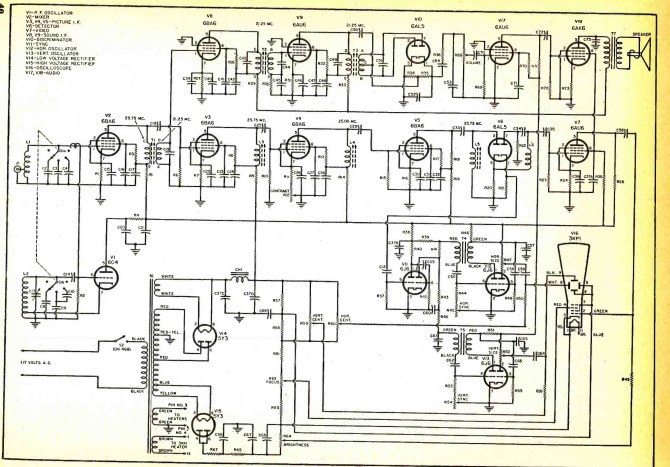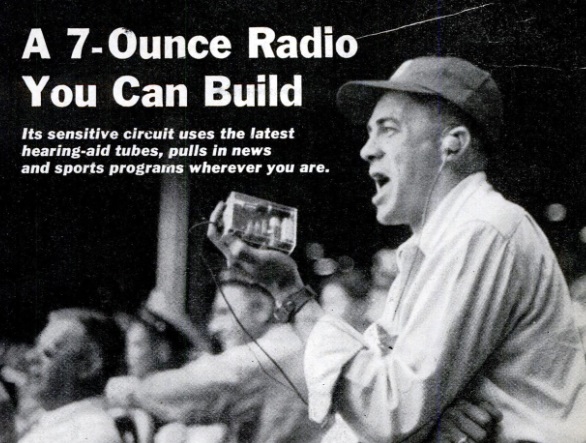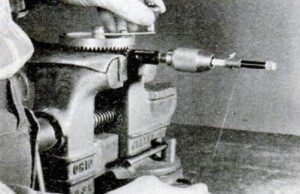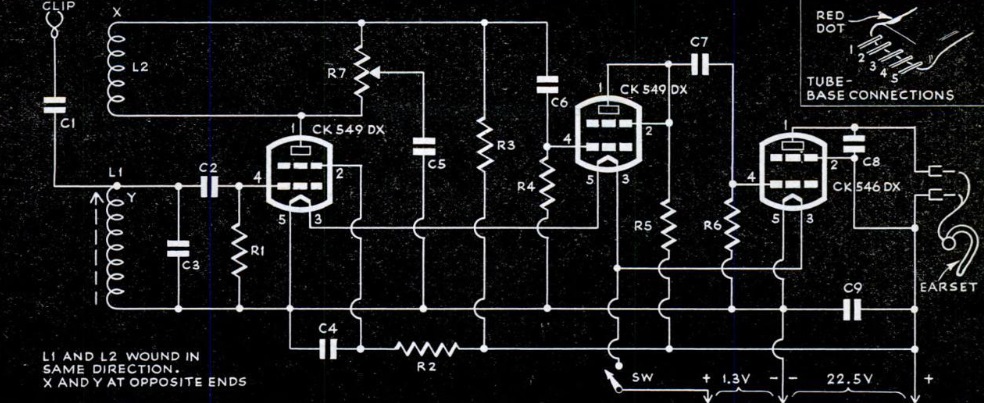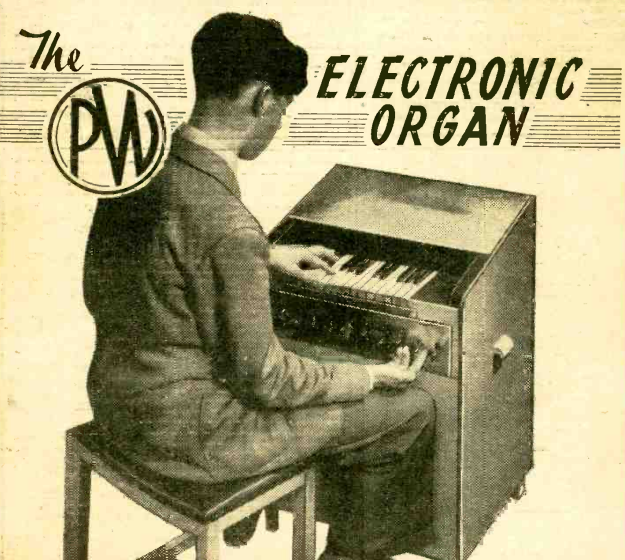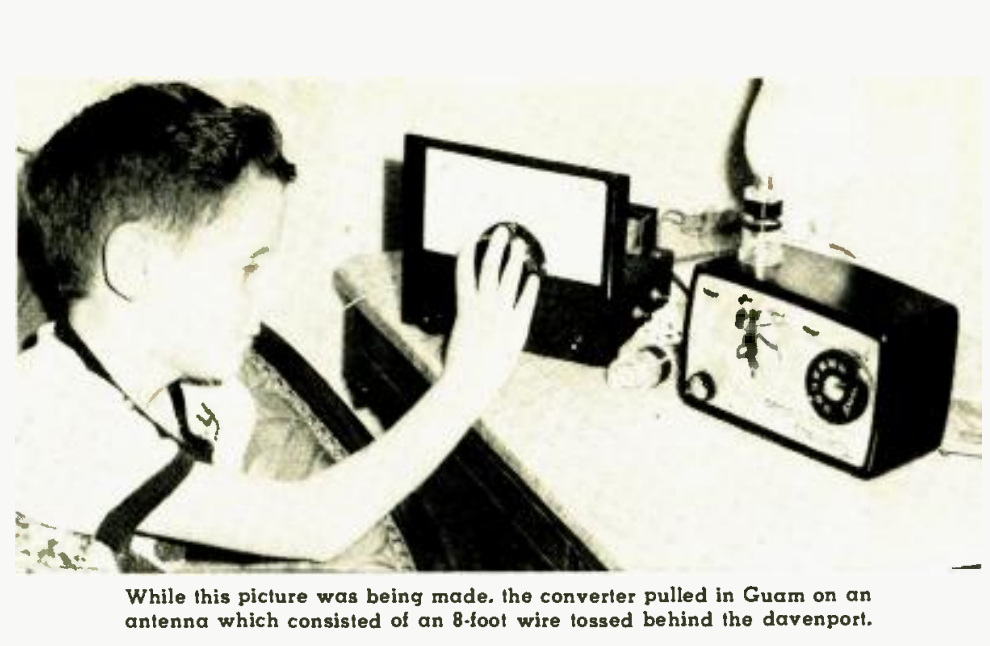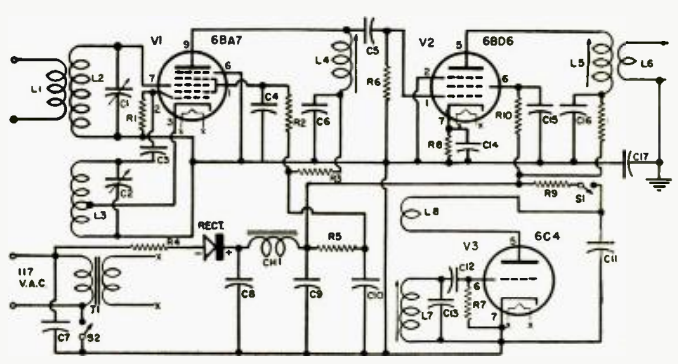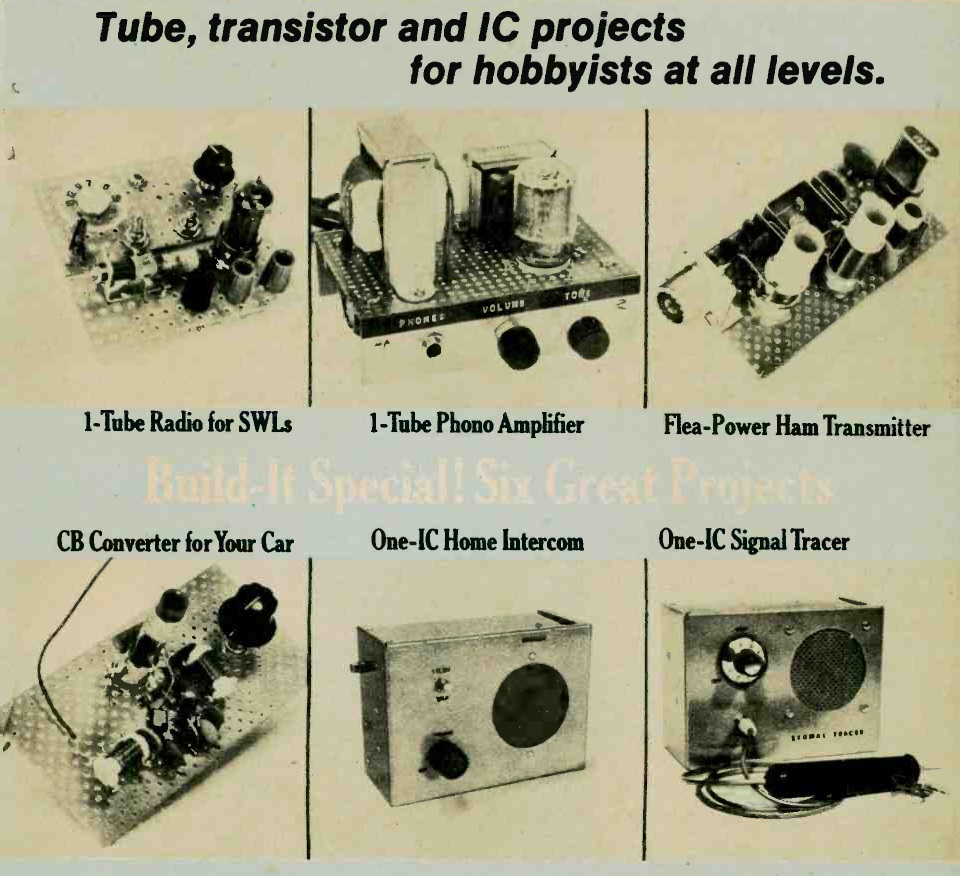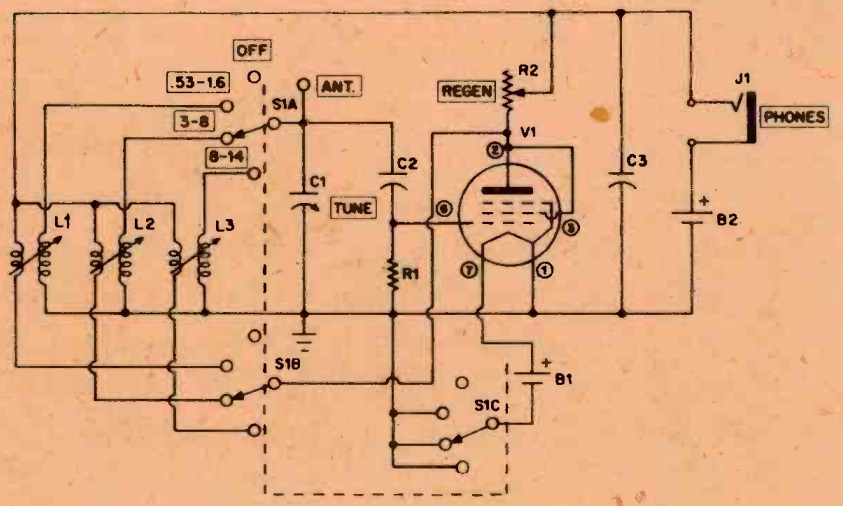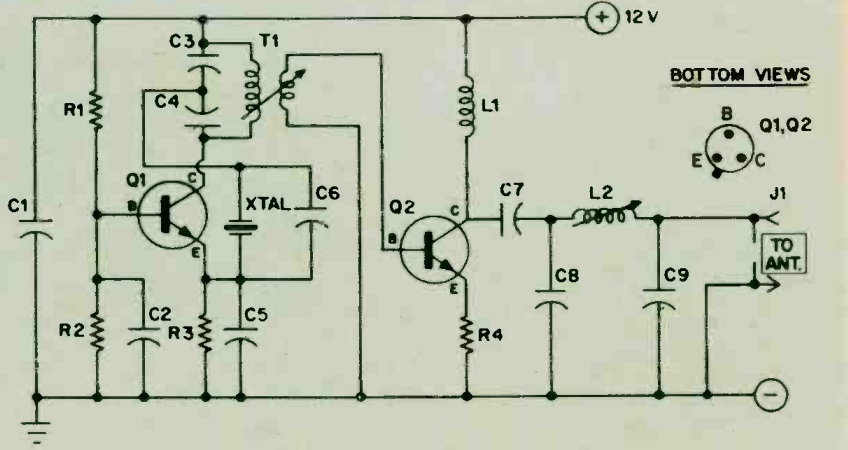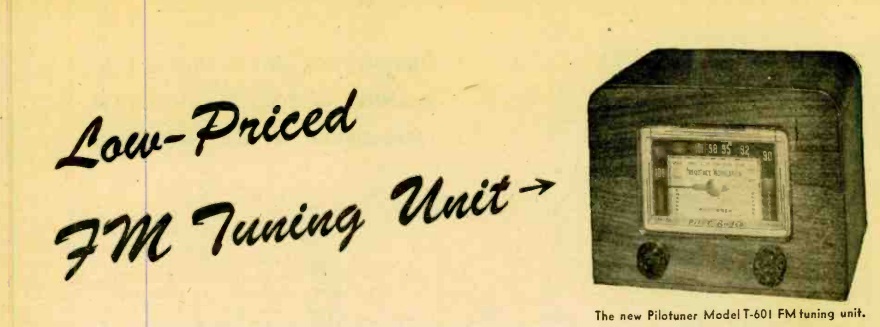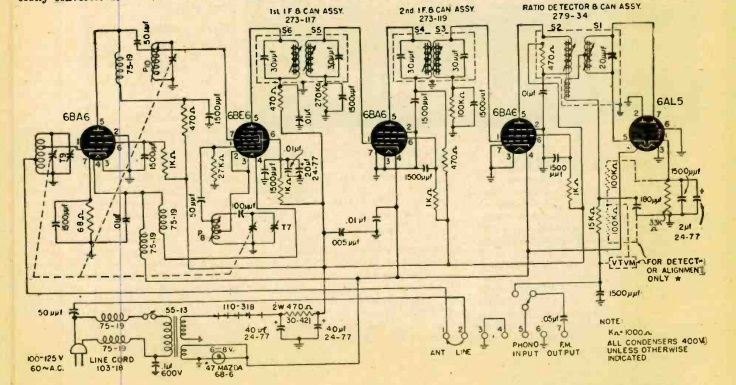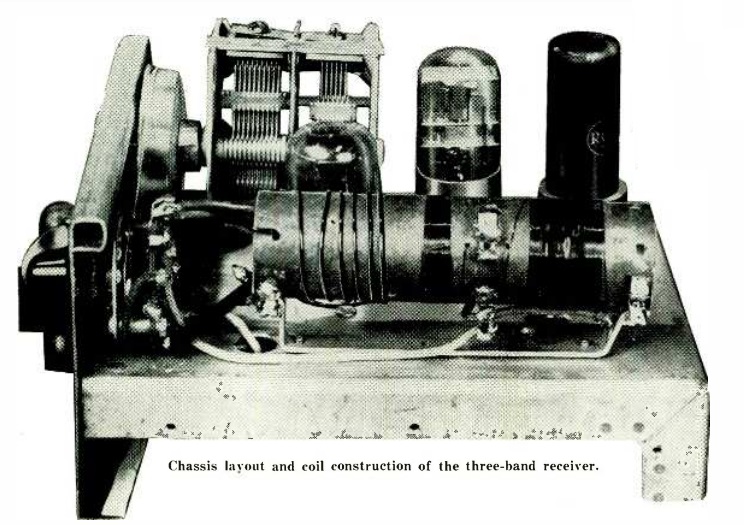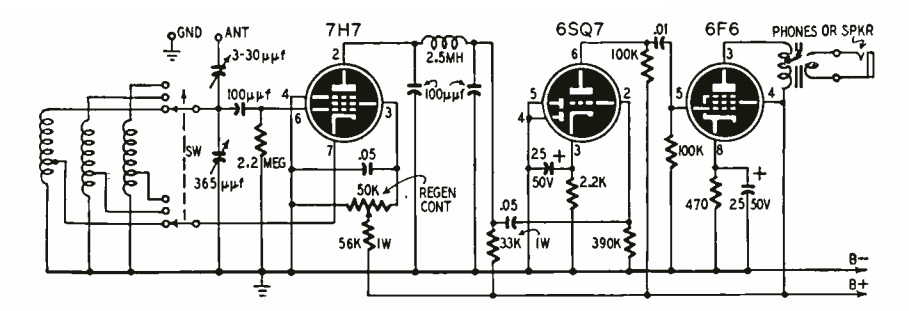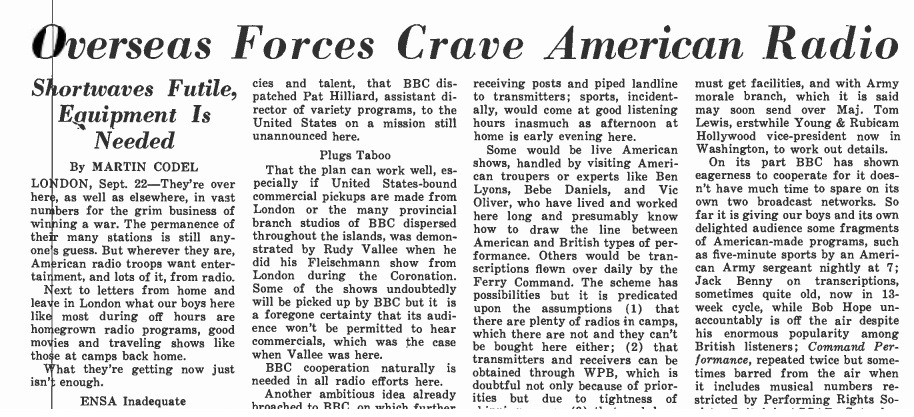 Eighty years ago today, the September 28, 1942, issue of Broadcasting carried this article on the subject of getting American broadcast programs to servicemen overseas. Elsewhere in the magazine, it was reported that the Office of War Information was purchasing time on broadcast stations in Alaska and Hawaii to get programs of interest to military personnel there. But overseas, the problem was more accute.
Eighty years ago today, the September 28, 1942, issue of Broadcasting carried this article on the subject of getting American broadcast programs to servicemen overseas. Elsewhere in the magazine, it was reported that the Office of War Information was purchasing time on broadcast stations in Alaska and Hawaii to get programs of interest to military personnel there. But overseas, the problem was more accute.
In Europe, the BBC, of course, carried programs in English. But other than the news, programs were generally regarded as quite dull to the American ear. Shortwave didn’t fill the gap entirely, because of propagation and the lack of receivers on base. One plan under consideration was a string of 50 watt stations near bases, all on the same frequency. Of course, thought had to be given to camouflaging them and shutting them down in case of air raids.
Morale kits were in heavy demand. The goal was to provide one kit for each 116 men. These included a radio for long, medium, and short waves, for either battery or plug-in use, one phonograph, 25 transcriptions of radio shows, and 48 records containing the latest hits. These were dubbed the “B Recreation Kit,” although I haven’t found any references using that terminology.
The soldiers shown at left are listening to a phonograph that was part of one such kit. Interestingly, due to shortages of shellac, the records supplied by Uncle Sam were actually vinyl 78 RPM discs, and were one of the first uses of vinyl for phonograph records.
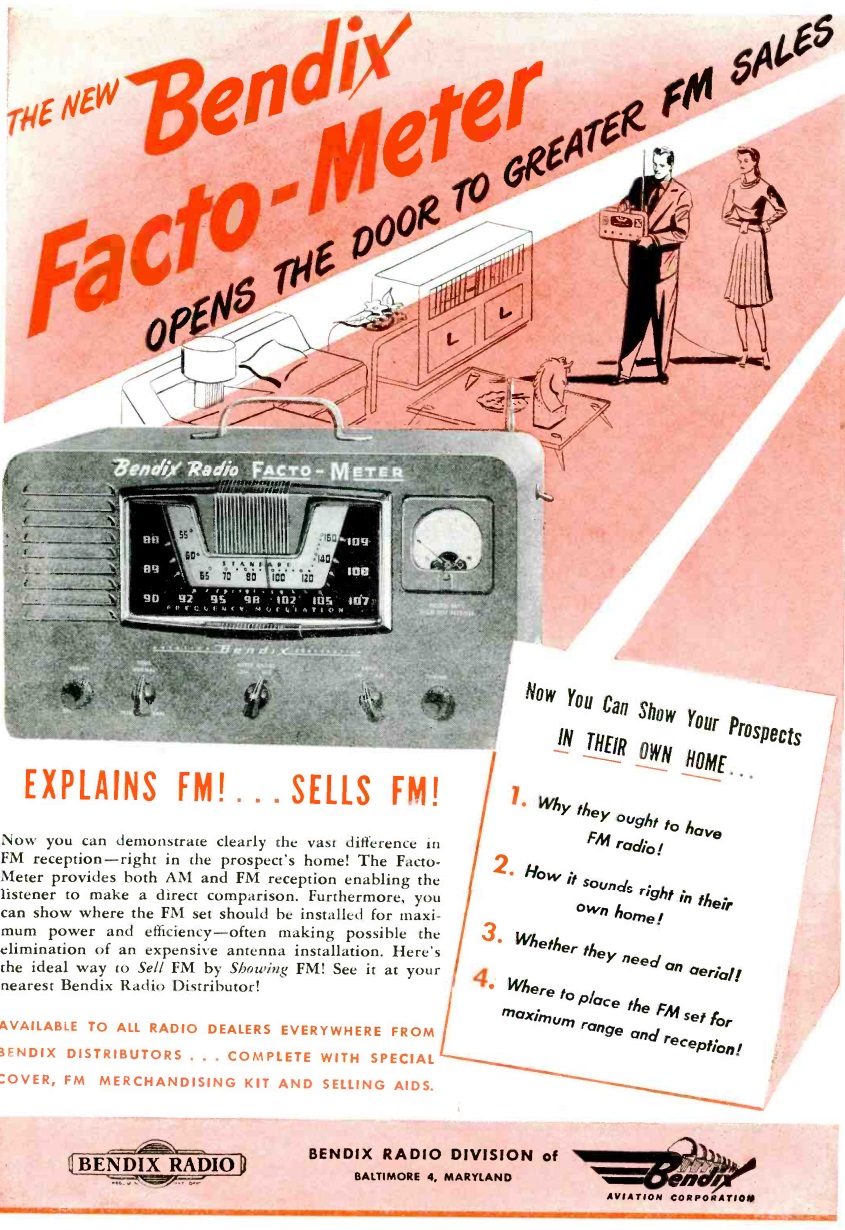 Seventy-five years ago this month, the September 1947 issue of Radio Retailing carried this ad for an interesting AM-FM receiver. The set, a mostly normal AM-FM superhet, wasn’t for sale to the public. It was instead billed as an instrument for use by the dealer to stimulate sales. The compact receiver could be taken to the prospect’s home to demonstrate how well FM signals could be received.
Seventy-five years ago this month, the September 1947 issue of Radio Retailing carried this ad for an interesting AM-FM receiver. The set, a mostly normal AM-FM superhet, wasn’t for sale to the public. It was instead billed as an instrument for use by the dealer to stimulate sales. The compact receiver could be taken to the prospect’s home to demonstrate how well FM signals could be received.

